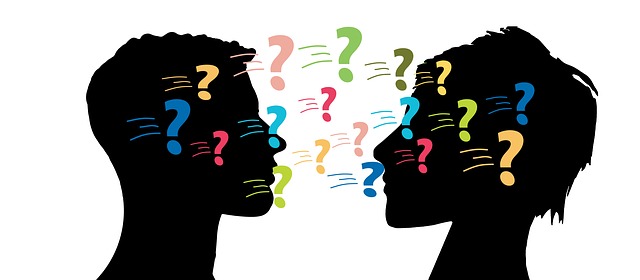Republished from: AT3 Center News and Tips Page
Written by: Eliza J. Anderson
 June is National Aphasia Awareness Month. Let’s #TalkAboutAphasia and #AAC!
June is National Aphasia Awareness Month. Let’s #TalkAboutAphasia and #AAC!
The term “aphasia” is unknown to most people, yet the condition is familiar. An estimated 2 million Americans have acquired aphasia as result of a stroke, traumatic brain injury or progressive neurological disorder. These are our neighbors, friends, and family who may struggle to recall words or have difficulty with speaking, understanding what is said, reading or writing (or all of the above). Symptoms vary dramatically but too often aphasia causes feelings of frustration and isolation. A person with aphasia is experiencing an impairment to their use of language, not to their intellect.
The technology revolution has transformed aphasia evaluations (e.g., AAC Evaluation Genie), aphasia therapy (e.g., Constant Therapy) and especially communication (see below). Yet persons with aphasia and their family members are frequently unaware of the tools and strategies that can help them stay connected. Below we’ve listed links to low, mid, and high-tech assistive technology (AT) commonly used by speech-language pathologists, AT specialists, caregivers and others who work with individuals with aphasia.
These tools are entirely in the category of “augmentative and alternative communication” (AAC). They are AT devices that can be explored with persons with aphasia following, ideally, a professional evaluation of their expressive and receptive language (speaking and listening) abilities. Low-tech AAC tools may be made by the user or caregiver. Mid and hi-tech AAC tools are devices commonly available for demonstration and to borrow from your State AT Program (loaned for trial at no or nominal cost). Your State AT Program can also direct you to where to find the evaluation and training services necessary to get the most from assistive technology, including AAC.
Aphasia is challenging for individuals and families. Finding ways to communicate, connect and bring forward interests and intellect is important for maintaining dignity and asserting personhood. Stay tuned for our next post: an aphasia and AAC story from Massachusetts.
Low-tech AAC for Persons with Aphasia
(hard-copy tools for pointing/selecting)
- Pictures in an album
Use a photo album with pictures that the user can point to for improved communication. Consider a talking photo album as a mid-tech option (with recorded messages assigned to pictures for selection). - Alphabet boards
For persons with aphasia who can spell but not speak their words. - Rating Scales
To help communicate preferences - Pain Scales
Familiar to most of us from the doctors’ office/hospital. - Family Tree
For remembering names - More Printable Communication Tools
From PatientProviderCommunication.org - Webber Communication Book
A product that can be purchased and customized to the user for communicating sentences and more.
High-tech AAC for Persons with Aphasia
(apps for tablet computers or AAC devices that have voice output–also known as “speech generating devices” or SGDs)
- Proloquo2Go (app for iOS from Assistiveware)
Allows users to create sentences using symbols or letters that are then read aloud by a computer voice of the user’s choosing. Pre-recorded messages may also be programmed for selection by the user. Robust, dynamic, research-based application. - TouchChat (iOS app)
Robust AAC software that offers “Communication Journey: Aphasia” — a vocabulary file containing features and vocabulary designed for individuals with aphasia. - Compass (Windows and iOS app from TobiiDynavox)
Offers a stroke and traumatic brain injury (TBI) user profile. - Small Talk (iOS apps from Lingraphica)
Free apps with male and female user versions. - Tapgram (web-based application for use with every device)
Users can send messages to people in their lives by tapping on images and receive replies. - TalkTablet (app for iOS, Android, Windows, and Kindle)
Simple to program, more affordable AAC with tech support. - TouchTalk (device from Lingraphica)
This is a “dedicated device” (not a mainstream-consumer tablet computer) with specialized software designed for persons with aphasia.
Learn more about communicating with individuals who have aphasia
Learn more about aphasia
*Check out the AT Exchange to find some of these devices in your area: https://exchange.abilitytools.org/.




